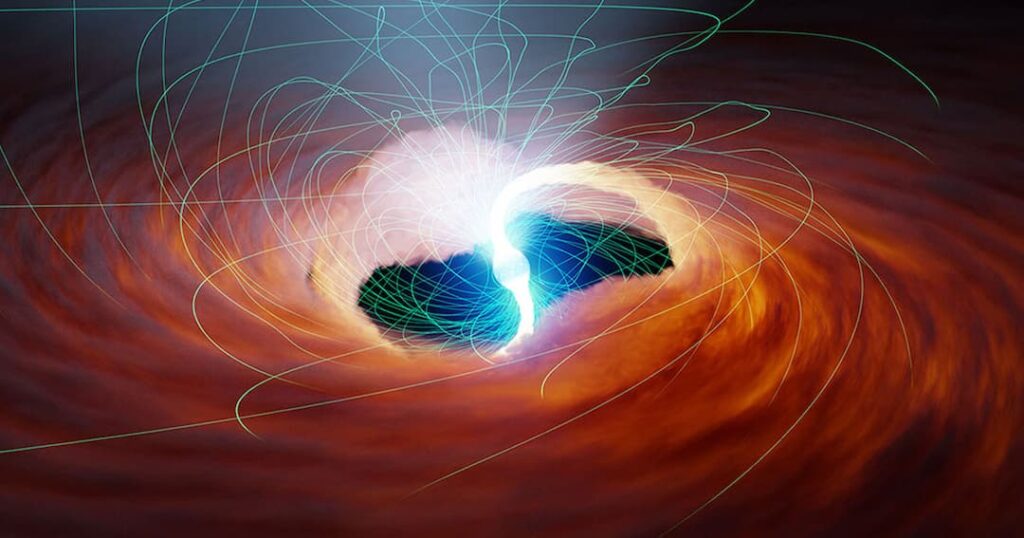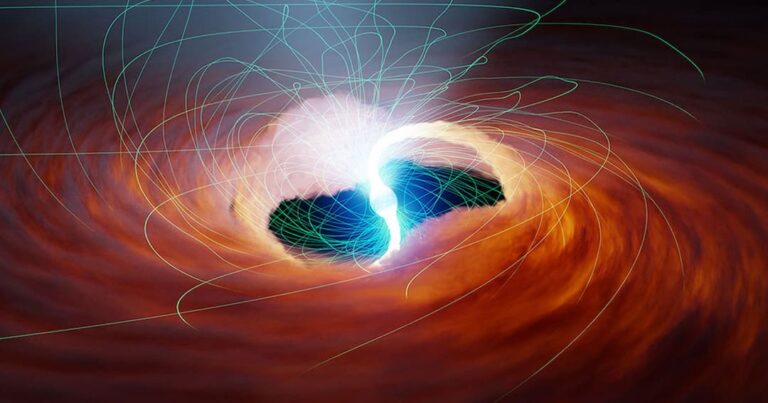NASA Verifies Exceptional Brightness of Cosmic Object, Challenging the Laws of Physics
It is certainly not a visual trick.
If you are searching for some of the most brilliant entities in the universe, look no further than ultra-luminous x-ray sources, also known as ULXs.

These centers of immense brightness have long perplexed astronomers because they seem to surpass what is known as the Eddington limit, a restriction on the maximum brightness an object can have based on its mass, by up to 500 times.
Previously, many scientists attributed this phenomenon to a mere optical illusion. However, in a groundbreaking study recently published in The Astrophysical Journal, astronomers utilized NASA’s Nuclear Spectroscopic Telescope Array (NuSTAR) to observe a ULX called M82 X-2, which is ten million times brighter than the Sun. The study confirmed that it indeed surpasses the Eddington limit, without any reliance on tricks of light.
Moreover, they are known to possess magnetic fields of extraordinary strength. These magnetic fields are so unbelievably powerful that they cannot be replicated in a laboratory setting using our current technological capabilities. Matteo Bachetti, an astrophysicist at the Cagliari Astronomical Observatory in Italy, stated in a NASA release, “These observations allow us to witness the impact of these immensely strong magnetic fields, which we are unable to recreate on Earth.”
Now, let us delve into the concept of the Eddington limit. In simple terms, it refers to a delicate equilibrium between the outward force exerted by the radiation emitted by an object and the inward gravitational pull it experiences, similar to that of a star. If the brightness of the object surpasses a certain threshold, the outgoing photons of light can overpower its gravitational force, preventing any stray matter from being drawn into its orbit and maintaining a state of balance.
Previously, astronomers believed that ULXs were black holes surrounded by a sufficient amount of gas and dust that gradually heated up over time, eventually emitting light. This explanation was proposed to avoid violating the Eddington limit.
However, in 2014, it was discovered that M82 X-2 is actually a neutron star, the incredibly dense core left behind after a massive star collapses upon itself without forming a black hole. Neutron stars, being among the densest objects in the universe, possess a gravitational pull approximately 100 trillion times stronger than that of Earth.
Instead, the emission of light from the ULX may be attributed to the collision of gases and dust with the surface of the neutron star at speeds reaching millions of miles per hour.
The amount of light produced is truly immense, to say the least. According to NASA, an object the size of a marshmallow colliding with such a star would release the energy equivalent to a thousand hydrogen bombs.
However, proving that this would generate enough light to qualify as a ULX presents a whole new set of challenges.
In their research, the astronomers determined that M82 X-2 was drawing in approximately 1.5 times the mass of Earth per year from a neighboring star – an astonishing amount, to say the least. Through intricate calculations, they estimated that this mass bombarding the surface of the neutron star would be sufficiently bright to match the observed brightness of ULXs in the real world. This finding confirms that it does indeed surpass the Eddington limit.
Previous theories proposed that ULXs appeared exceptionally bright due to the accumulation of gas and dust, forming cones that amplified the underlying light source, particularly when directed towards Earth.
Now, the astronomers have greater confidence in a recent hypothesis which suggests that, at least in the case of this ULX, the incredibly strong magnetic field of its neutron star may distort the shape of nearby atoms. This distortion allows them to evade the overpowering force exerted by the star’s radiating photons and collide with its surface.
Regardless of the reason, astronomers possess substantial evidence that the Eddington limit is being surpassed. However, additional observations are necessary to validate their discoveries concerning ULXs on a larger scale.
Bachetti expressed the profound allure of astronomy, stating that quick answers cannot be obtained through experimental setups. Instead, we must patiently await the universe to unveil its hidden secrets.
Do not forget to share your opinion with us to provide you with the best posts !





0 Comments